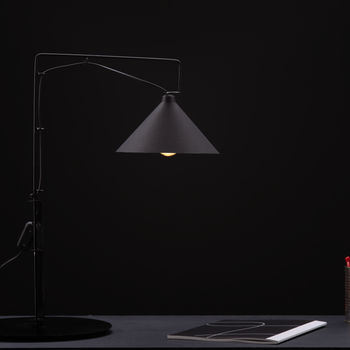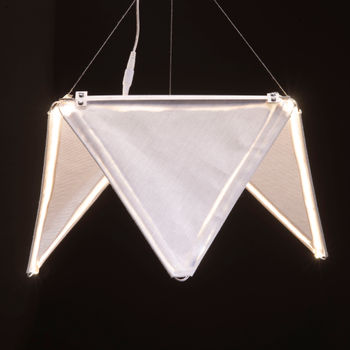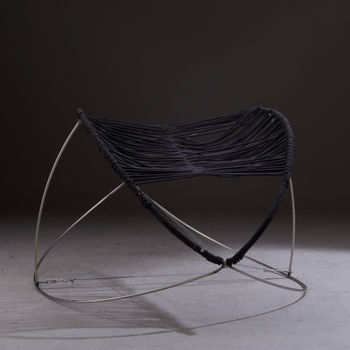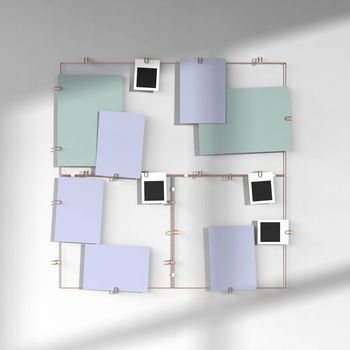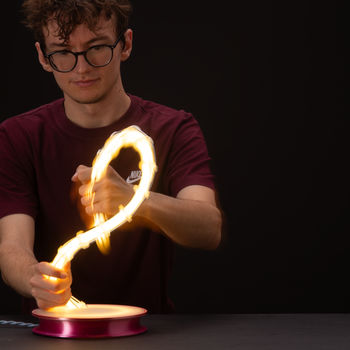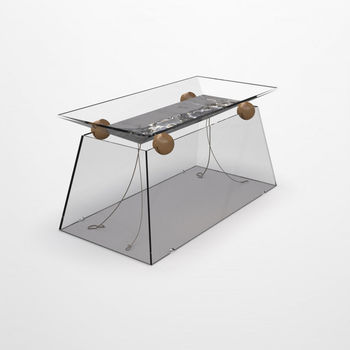BelVe(r)dere – A 2-Step Composting System
Alberto Cappellina Sarah Michella Keck
BelVe(r)dere
Abundance is a trait only known to a select few countries. But even within these countries, many people suffer from a lack of food. Considering that there are still so many mouths left to feed, it is painful to see the amount of foodwaste that lands in the trash, absolutely going to waste. However, the wasteful spirit with which many societies consume their food is a topic for another day. With this project we wanted to address an issue, which has to do with appreciation for the food we are given daily, just as much. This is about the very material, that is home to everything humanity has ever really needed to survive. Earth.
This semester we dove deep into compost. Weirdly, a thing that many of us associate disgust with. After all it contains useless waste that, on top of everything, goes rotten and smelly. This is a stance on composting, based on ignorance, which needs to change! The truth is that composting is physically and philosophically, a truly beautiful process, if done right. What composting should be associated with, is the embodiment of the idea of the cycle of life. Taking something that has served out its’ purpose, as far as human consumption is concerned, and turning it into a home for new life. Soil. We took this problem of waste, and this wish to educate, and created an idea that can solve an issue of the present, and also educate about this issue for the future.
We have designed Belve(r)dere to make it for one, engaging, but on the other hand still efficient. An important engagement aspect were the worms. Their inclusion, without the loss of cooked food and animal products, was granted through the involvement of bokashi fermentation. In order to interest people in the process we felt that the inclusion of a living being would generate more attention. This was backed by the biophilia theory, by Edward O. Wilson, which states that our attachment to and interest in animals stems from the strong possibility that human survival was partly dependent on signals from animals in the environment, indicating safety or threat. Creating a community space, the bokashi-boxes are stored in terracota cubes, which can be placed and moved around the tower as wished, further integrating the composting structure into the environment, spatially and socially. The created space beckons people to come closer, and once in proximity they will be able to view the work of the worms through the windows, which are included in the walls of the vermicomposting-tower. Furthermore, the cylindrical shape emphasizes the beginning and end of the process. Viewers are able to see what goes in the composter through the top, while being able to see what comes out at the bottom. Which is the teaworm extract. These characteristics make the Belve(r)dere a real community composter. While creating soil for the urban community and educating, it also provides space for socialization.
The end-product, the compost, ties together the lose ends of the food cycle. It also creates a connection between the community members who feed the composter, and the members who ultimately feed their plants with the compost. New gardening spaces can be created, knowledge cultivated, and food saved.



Vermicomposter modules with portholes
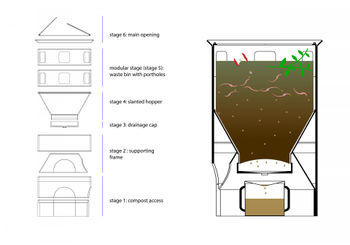

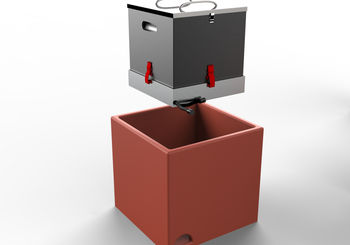
Placement of bokashi box in terracotta container
Planting. Tending. Picking.
